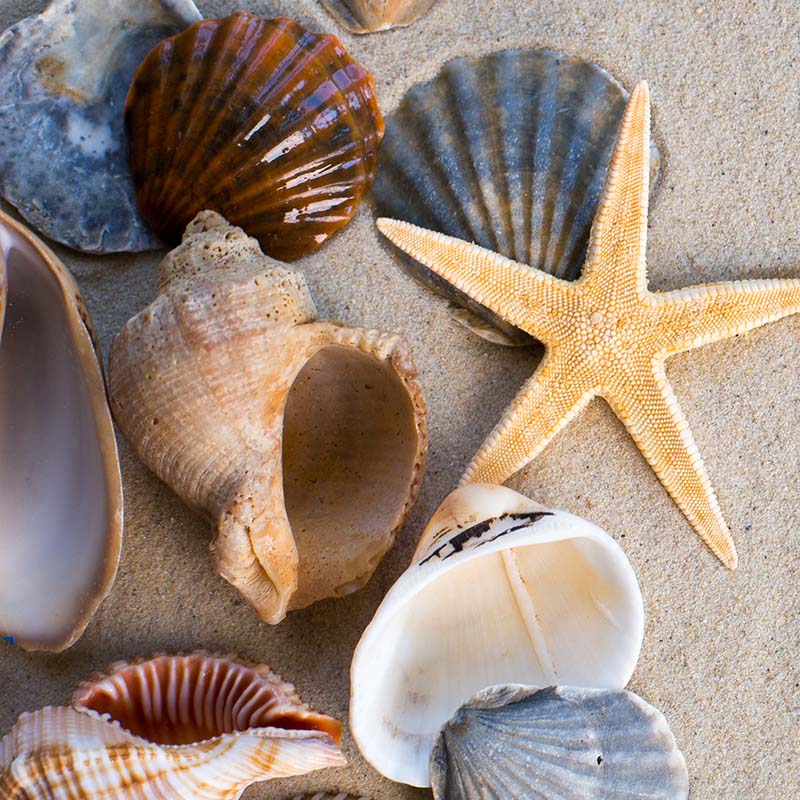
By: Rachel D.
Year: 2022
School: Fairmont Private Schools, Anaheim Hills
Grade: 8
Science Teacher: Michael Morin
Rachel’s experiment on the impact of ocean acidification on shell degradation has shown that the weight change between different acid levels was negligible. The procedure involved placing broken seashells in containers with salt water of various pH levels and measuring the ending pH of the water after a month. The data showed that while Trials A, B, and C had weight loss, Trials D and E had weight gain.
Rachel used a pH meter to make sure the pH level was accurate and used various materials such as instant seawater ingredients, seashells, and a hammer to break down the shells. The independent variable in the experiment was the pH level and the dependent variable was the change in shell mass. The experiment was conducted five times to achieve five trials.
The results suggest that the location of the jars and the amount of light received may have contributed to the weight change in the seashells. Trials A, B, and C were positioned to receive more indirect sunlight while Trials D and E were in the shade, which potentially led to algae growth on the shells, resulting in weight gain.
This experiment sheds light on the potential impact of ocean acidification on shell degradation. The results show that further research is needed to fully understand the impact of ocean acidification on shell degradation.
